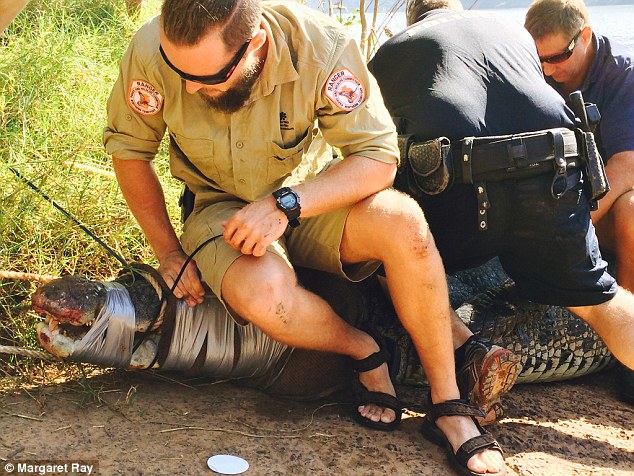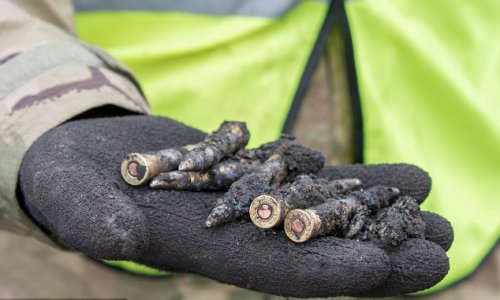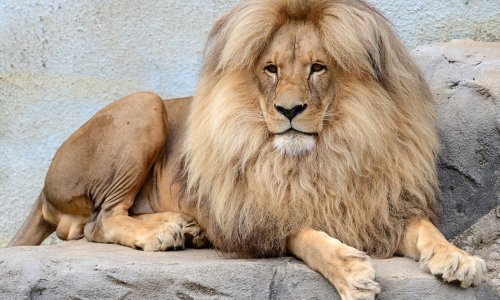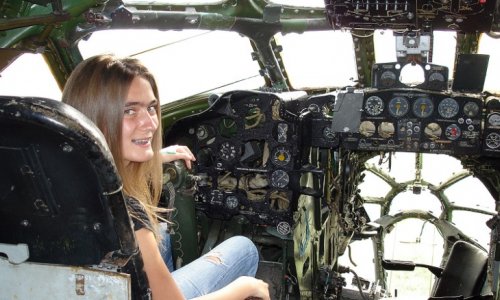A monster 4.3-metre saltwater crocodile who was terrorising locals and eating dogs has been captured.
It took about six people and tranquilisers to wrestle the beast from the banks of the Daly River - south-west of Darwin - near Mango Farm boat ramp.
But with a high number of crocodiles lurking in the waters, it was just another day for people in living in the Top End.
The Daly River Mango Farm caravan park's Margaret Ray told Daily Mail Australia said the crocodile had been spotted by fishermen near their ramp but had not caused her any trouble.
'It was more a problem in the community than to us,' she said.
'When you live on the Daly River... you're sharing the space with them. Generally you have to try and live together.
'You hear about [crocodiles] stalking fishermen or taking dogs from the back of the community then [officials] have to remove them.'
In this particular case, Parks and Wildlife Commission Northern Territory's crocodile management had to remove the 4.3-metre carnivore because it was posing a threat to the community.
Wildlife ranger Tom Nichols told Daily Mail Australia said the crocodile was stalking young children and dogs near the indigenous community on the Daly River.
He said the saltie could have easily weight in at 550 kilograms and would have been 4.8 metres long if it was not missing part of its tail.
'It was posing a threat to the community by taking dogs on the bank and [there are] kids who swim and fish close to the bank and people in the community who used the waterways,' Mr Nichols said.
The animal was relocated to Darwin Crocodile Farm after complaints about it were made to Northern Territory police.
Mr Nichols said hauling a crocodile out of a trap set up by police along the bank always attracted spectators.
'There was six [people who helped] all together. We utilised different people to do it and most were watching. It always gathers a crowd down there,' he said.
The crocodile had to be sedated to make the job easier on the team. A nose rope is then attached to it so it comes out head first from the trap.
Cable ties are used to secure the legs and rope is used to pull it out.
'The ones this size are then winched onto a specially made trailer for transport,' Ms Ray told Daily Mail Australia.
'He was not really co-operating and took a bit of man power due to size etc to secure him and get him onto the trailer.'
(dailymail.co.uk)




www.ann.az
Follow us !











